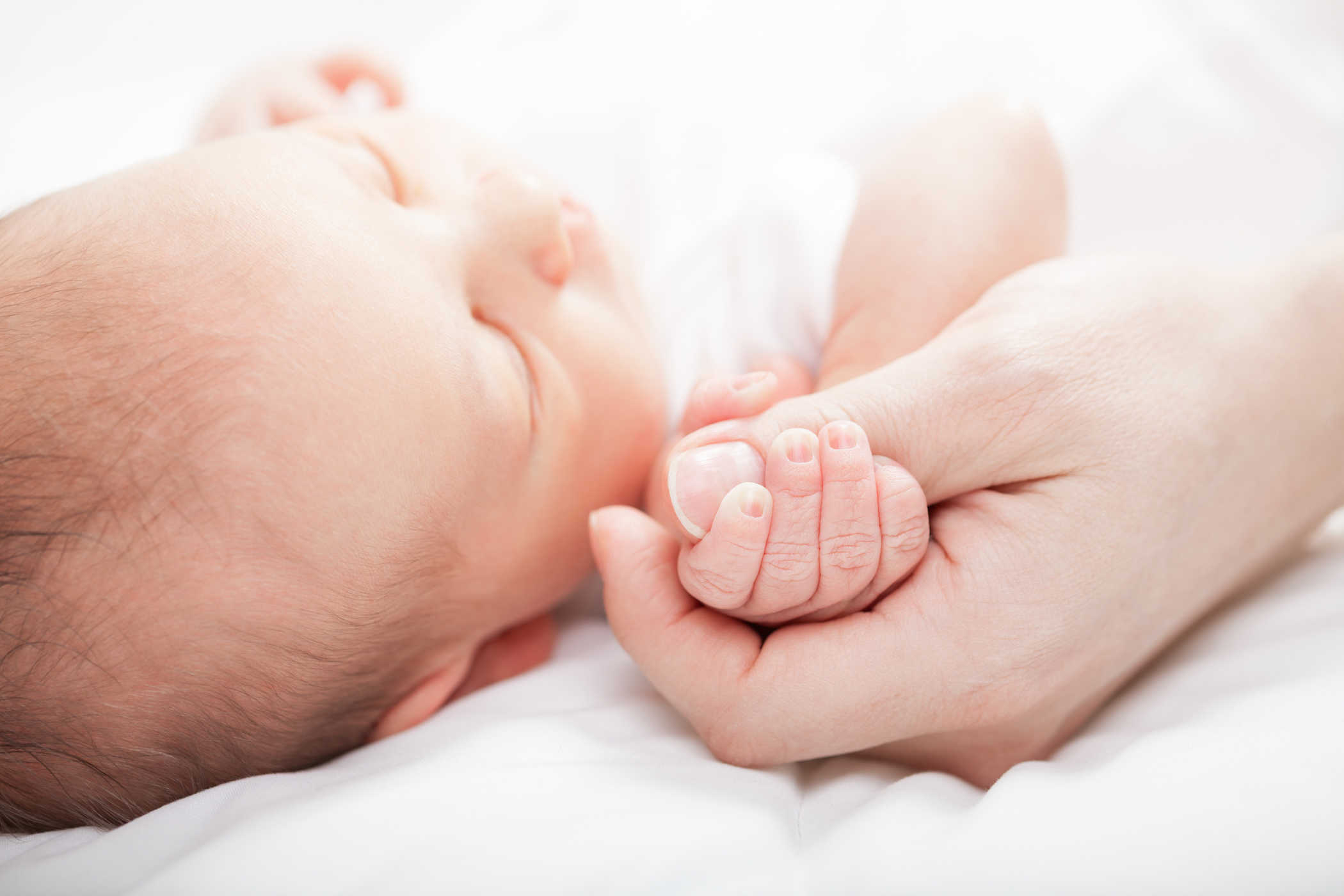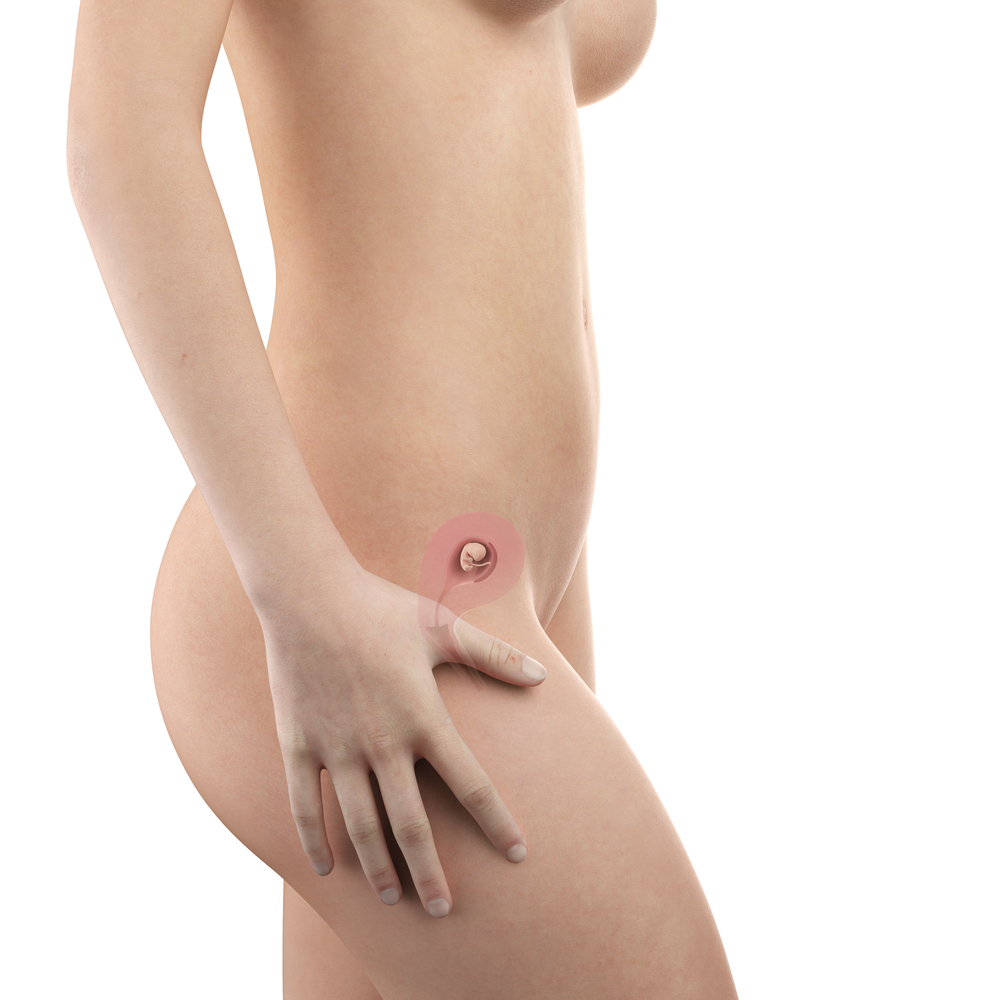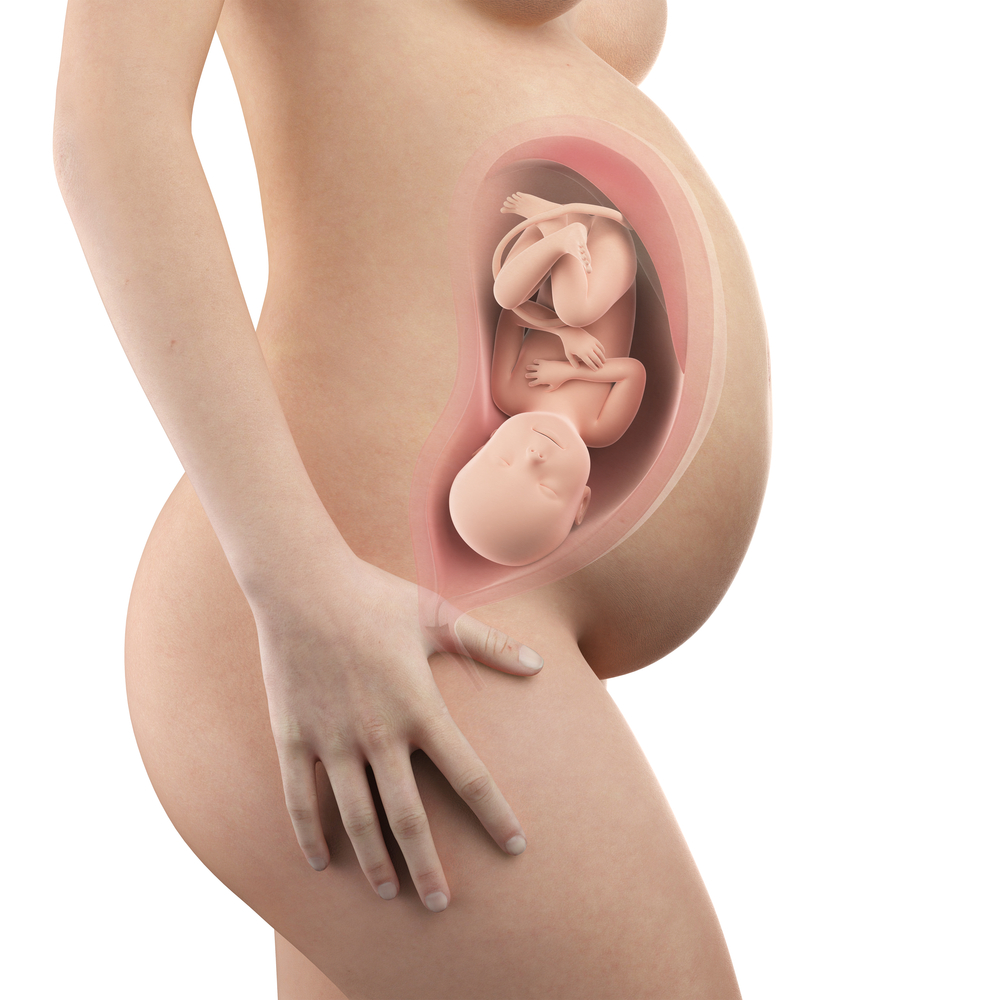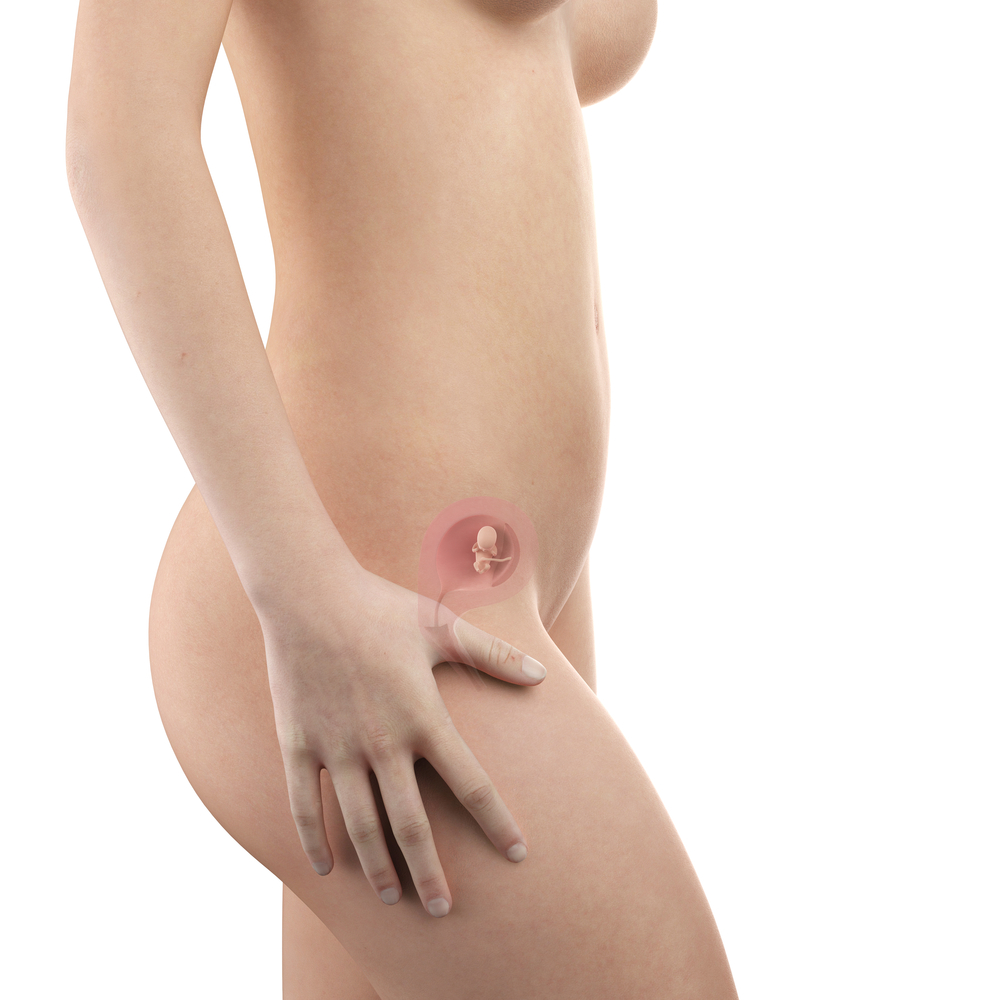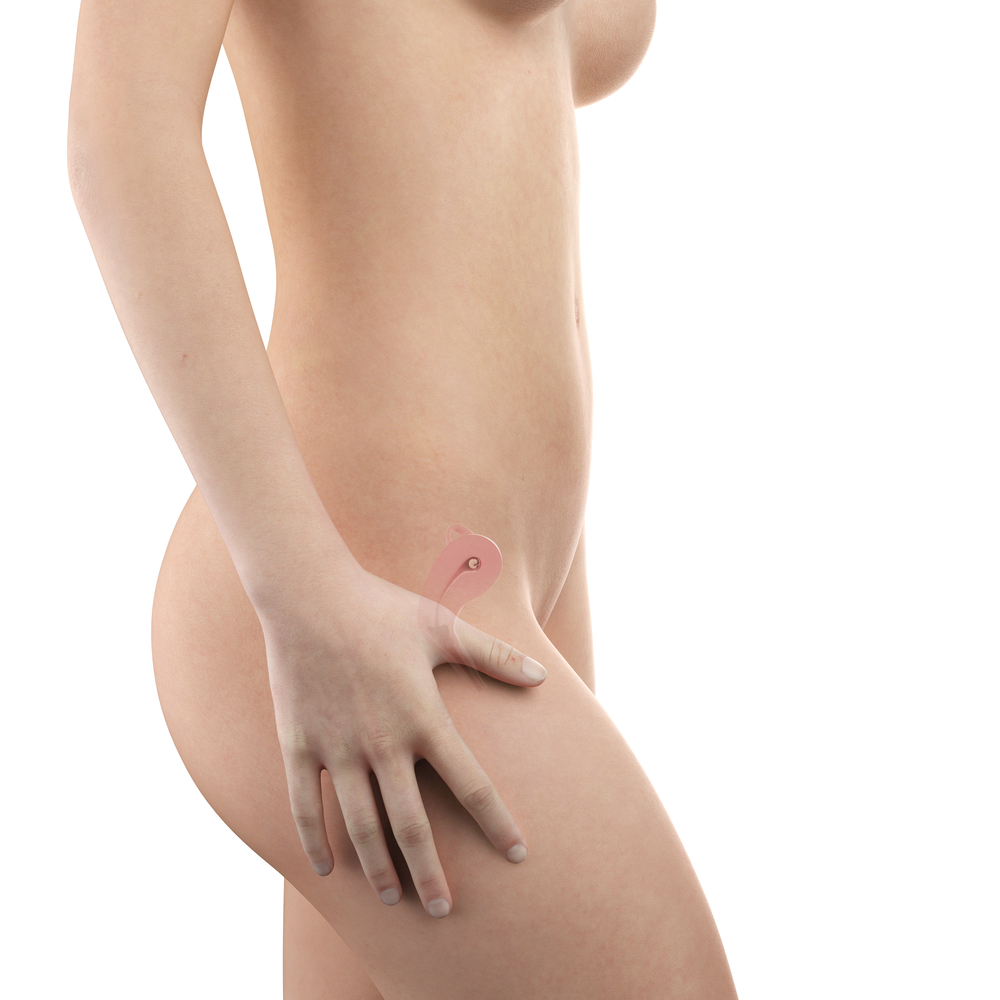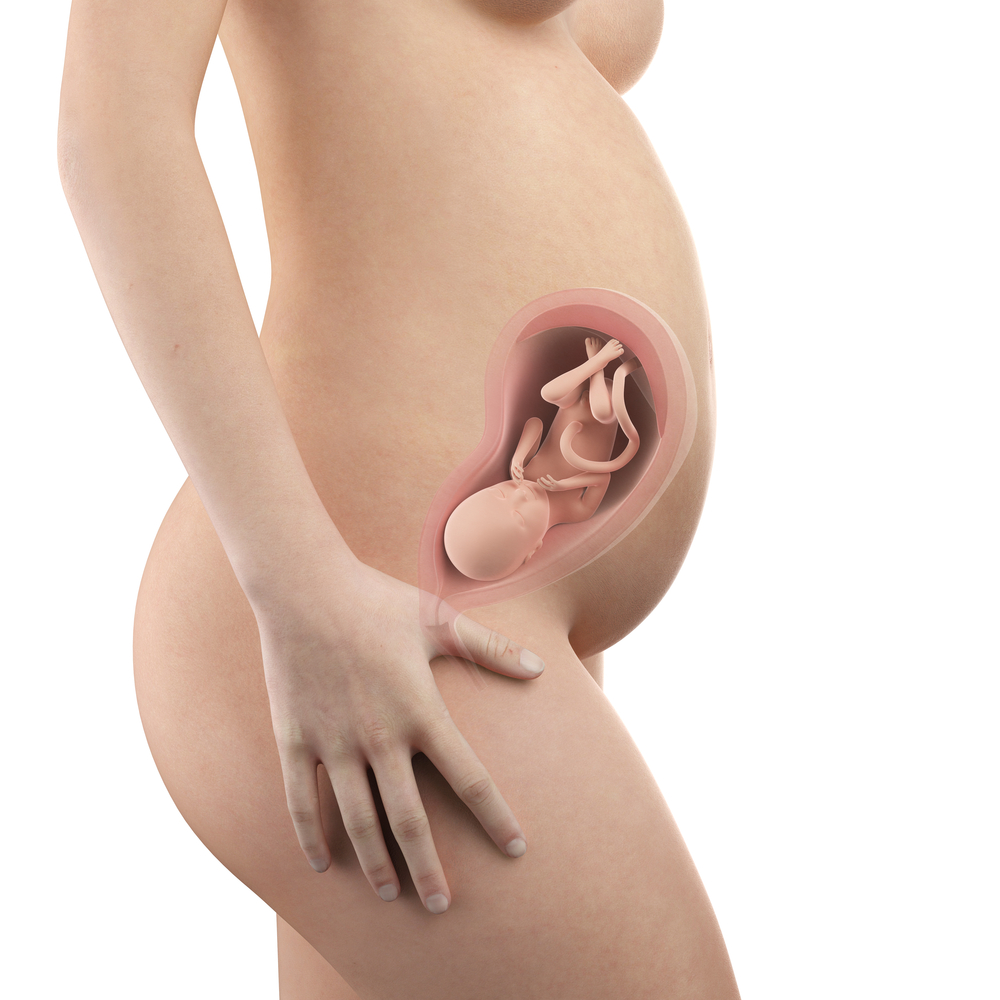Contents:
- Medical Video: 25 Facts About Albinism We Might Want To Be Aware Of
- Could the symptoms of albinism appear from birth?
- Risk factors for a baby born with albinism
- Various signs of albinism in infants
- 1. Unusual eye movements
- 2. Skin color, hair, fur, and pale eyes
- 3. Sensitive to sunlight
- Tips for raising a baby with albinism
Medical Video: 25 Facts About Albinism We Might Want To Be Aware Of
Albinism (albino) is a genetic disorder that can be passed down by parents to their children. The most recognizable albinism symptoms are skin color, hair, and very pale eyes. However, in some cases albinism may not be detected because the symptoms can be invisible. To further recognize the symptoms of albinism in infants, see the following full review.
Could the symptoms of albinism appear from birth?
Yes, the characteristics of albinism usually appear at birth. Albinism can even be detected since the baby is still in the womb. This is done by analyzing DNA from the placenta of pregnant women. This examination is usually undertaken for babies whose parents or families have albinism as well.
Risk factors for a baby born with albinism
It should be noted, albinism is a genetic disorder that can affect anyone. Regardless of gender, social class, or race and ethnicity.
Because albinism is a genetic disorder, the biggest risk factors for babies suffer from this fairly rare condition are offspring. Children whose parents, grandparents, or grandmothers have albinism are more likely to get albinism as well.
This inherited genetic disorder causes the production of melanin to be inhibited. Melanin itself is a pigment that is responsible for giving color to the skin, hair, and eyes.
Various signs of albinism in infants
1. Unusual eye movements
In babies aged three to four months, you can observe some symptoms of albinism, especially in your baby's eyes. Note that your baby's eyes often move themselves quite intensely, either in the same direction or in the opposite direction. This condition is called nystagmus.
2. Skin color, hair, fur, and pale eyes
The color of the baby's eyes with albinism is generally very pale blue or brown. Also, if your baby has yellow, brown or red hair or fine hair, chances are that your baby has albinism. In serious cases, your baby may have white hair and fur.
Usually the color of the hair and baby's pale skin will turn darker themselves along with the age growth. But you can't.
3. Sensitive to sunlight
The sign of albinism in infants that also deserves to be watched is that babies are very sensitive to sunlight. When you dry your baby with albinism outside the house, brown spots appear (freckles) on the skin, especially on the face.
Tips for raising a baby with albinism
If you and your partner suspect your baby has albinism, immediately take it to the doctor for further diagnosis and examination. Because, there are many types and causes of albinism and each condition is certainly different.
According to an expert in genetics and molecular biology from Denmark, Karen Gronskov, pediatricians will check the baby's eye function. After that, the doctor will do a DNA test to ascertain the cause of albinism, for example a lack of certain enzymes.
To ensure that babies with albinism continue to grow and develop well, keep the baby out of direct sunlight and prevent eye damage with special glasses. Because, albinism in infants can increase the risk of skin cancer and eye damage later on.
Consult directly with your doctor and health personnel to adjust your lifestyle after receiving a diagnosis of albinism in infants. Children with albinism also usually face considerable social pressure. So, always pay attention that when he grows up, your child (regardless of age) experiences stress or depression.

